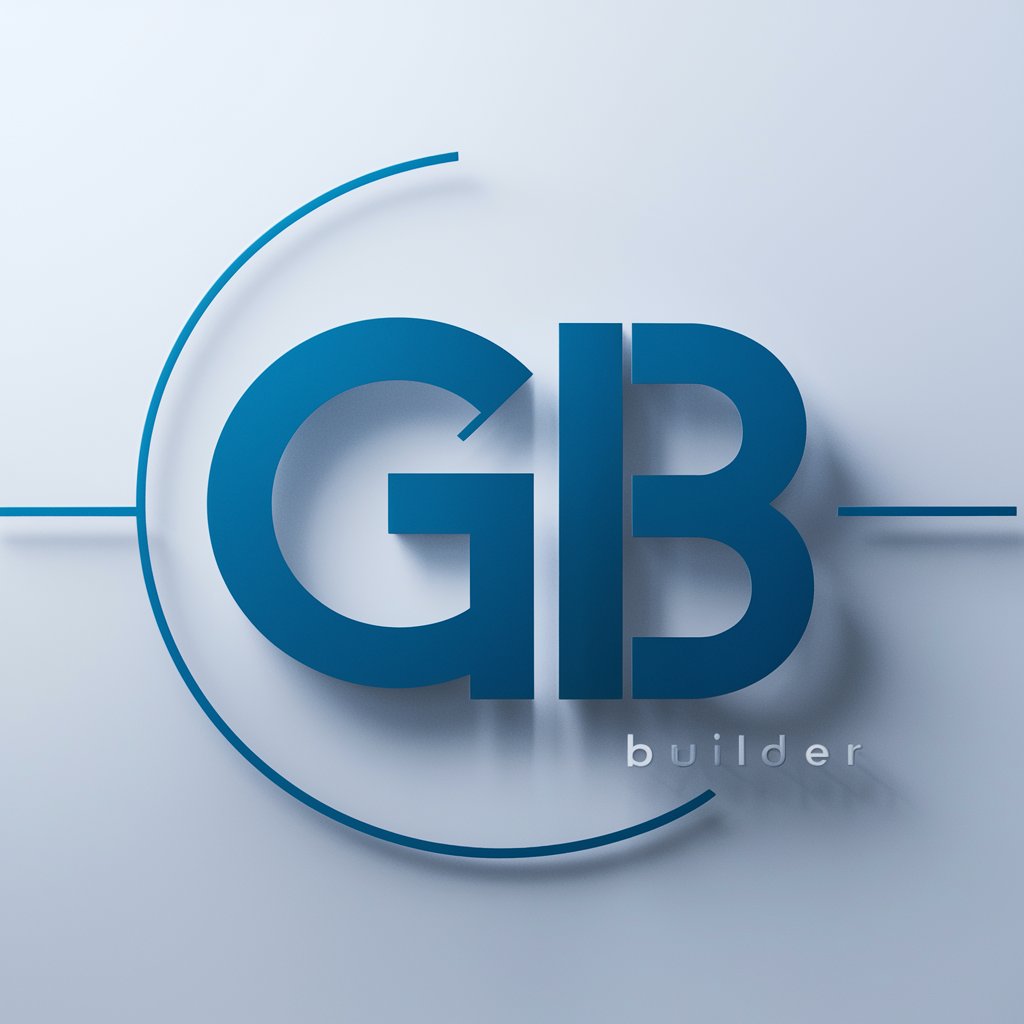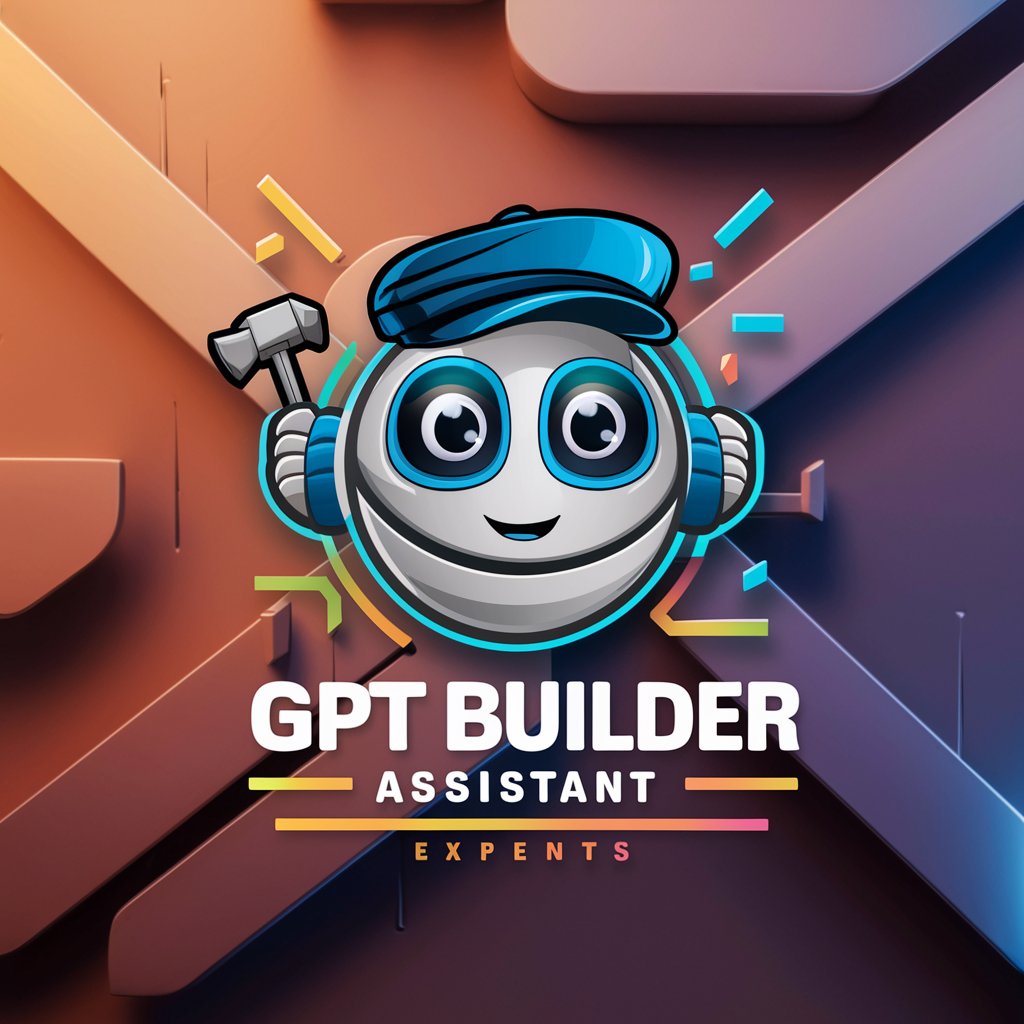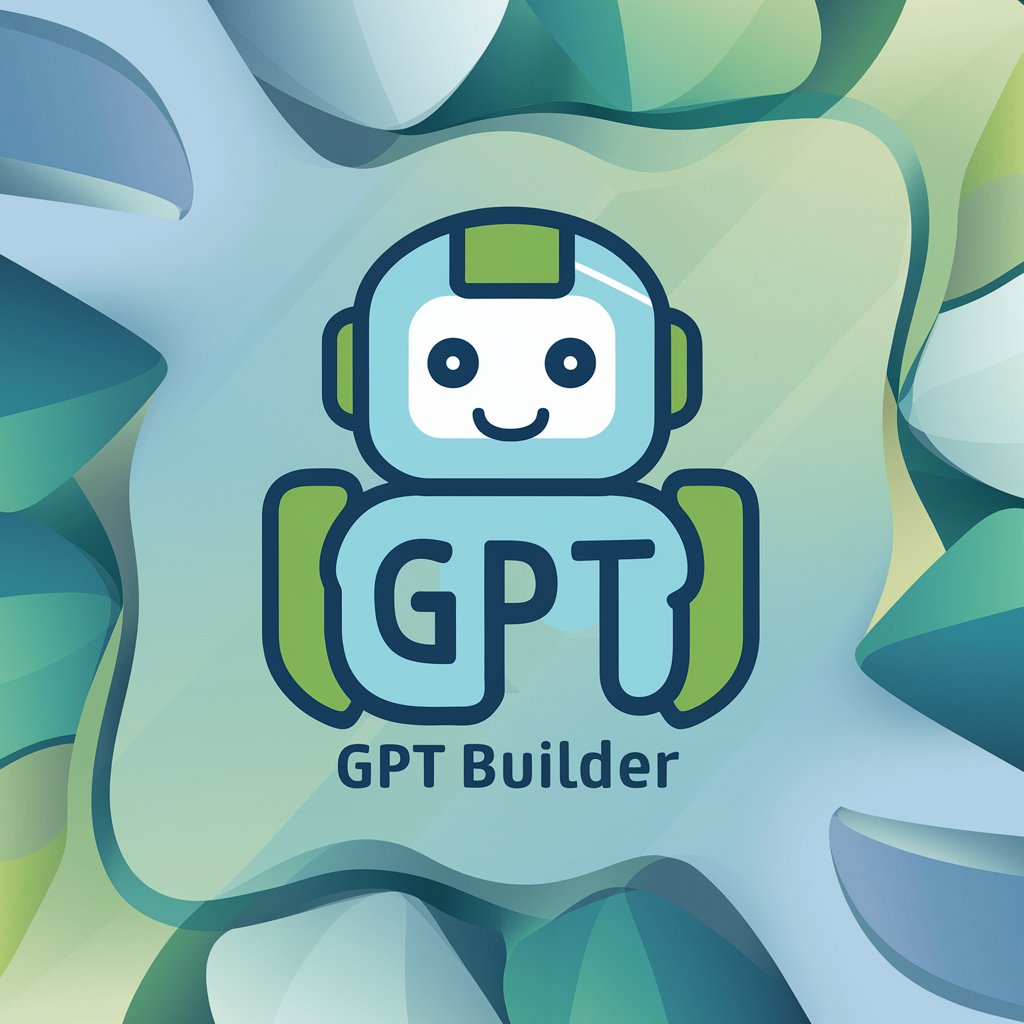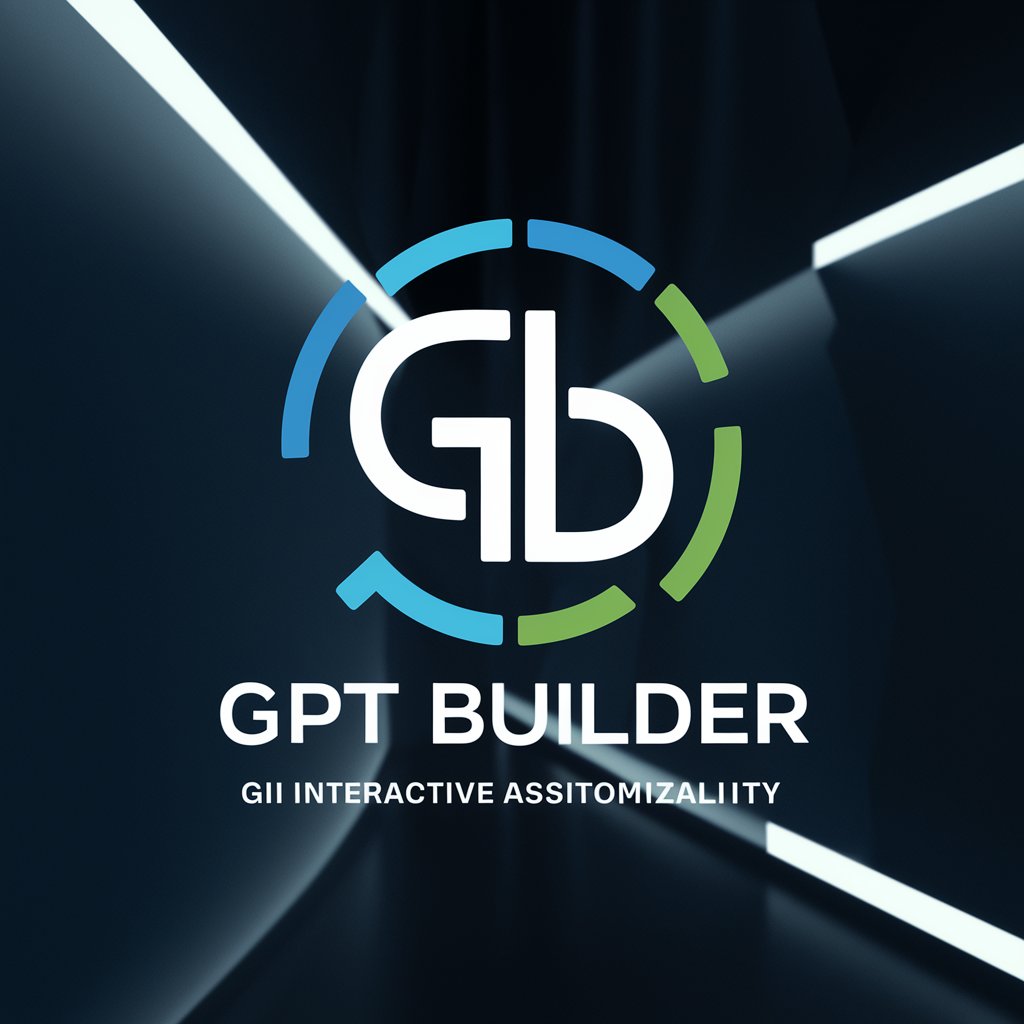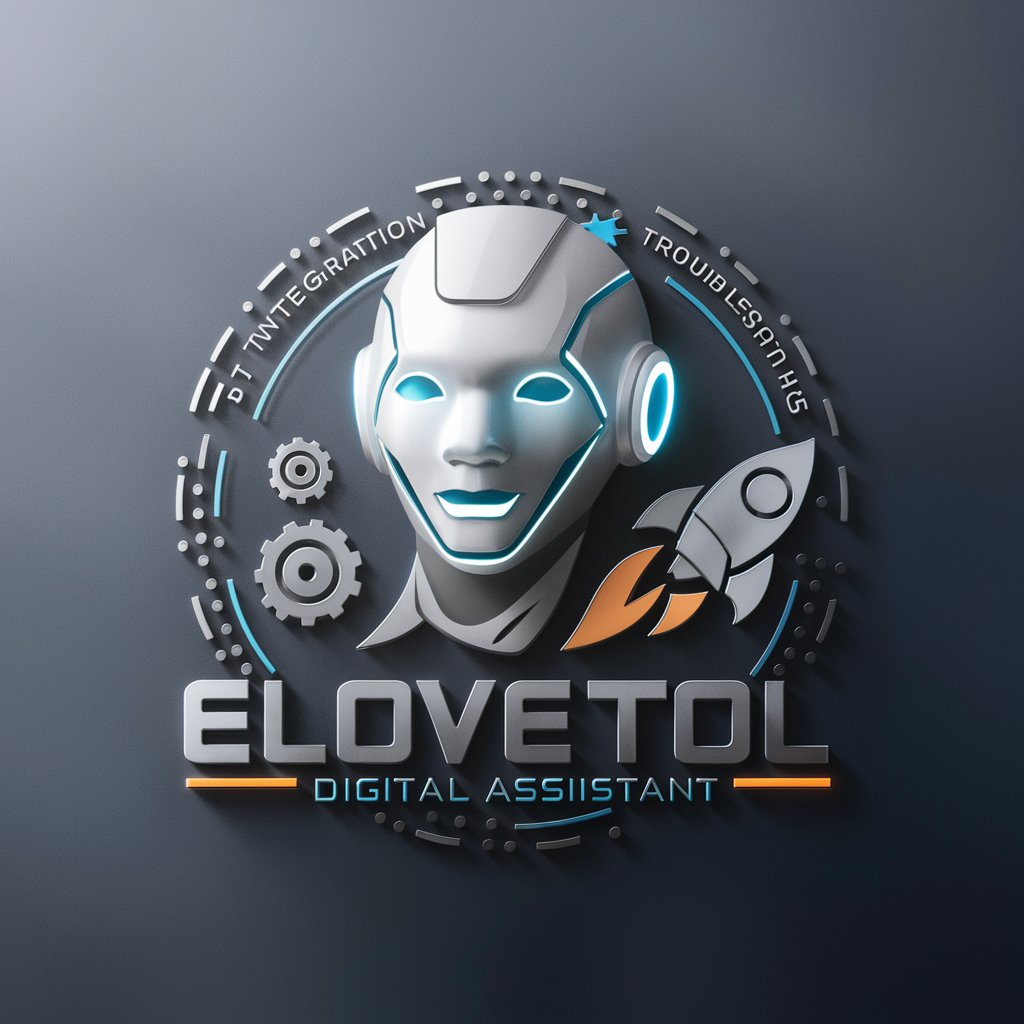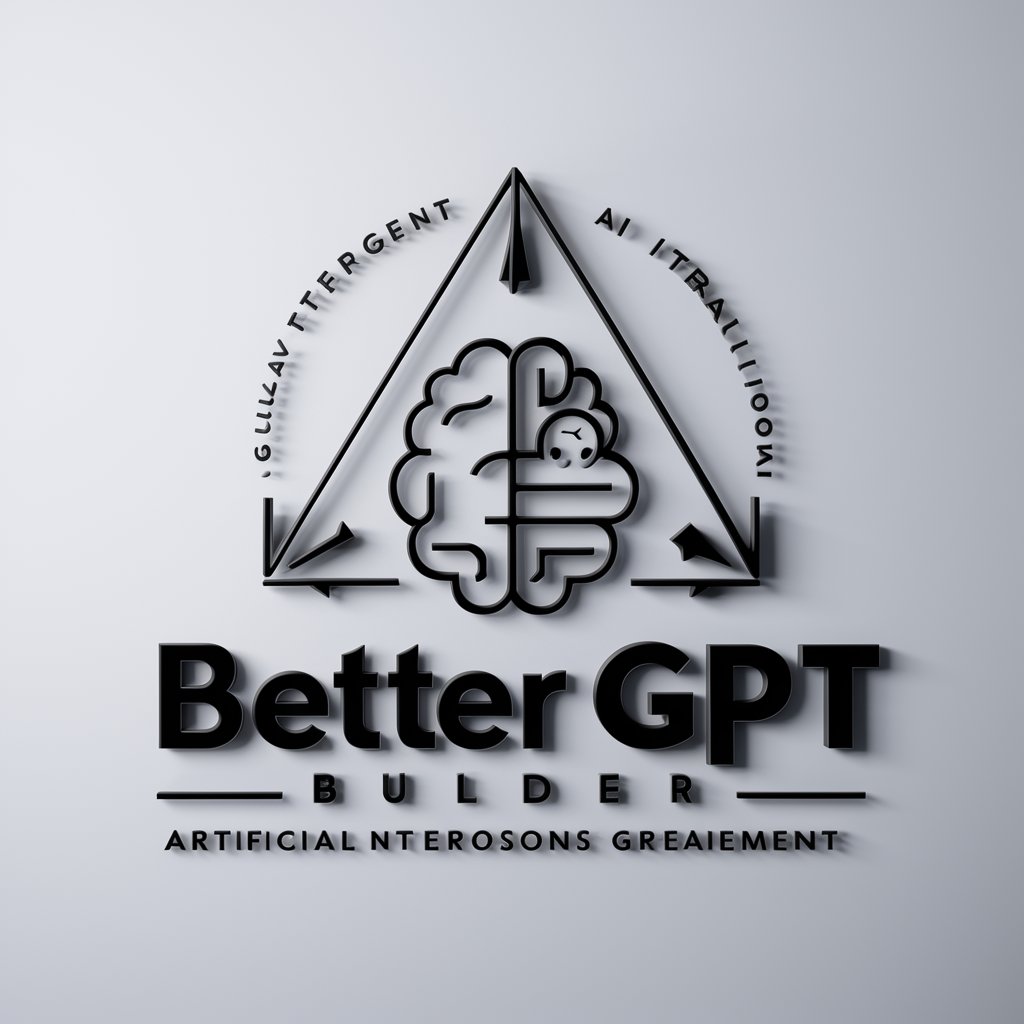
Custom GPT Builder - AI tool for custom GPTs

Create personalized, high quality GPTs with this simple builder. Created in the AI Advantage Community, Version: 1.3
Tailor your AI, effortlessly.
Let's build a GPT
Get Embed Code
Introduction to Custom GPT Builder
The Custom GPT Builder is designed to help users create specialized versions of ChatGPT tailored to specific use cases. By focusing on prompt engineering and understanding the user's goal, it provides a framework for generating custom instructions that guide a chatbot’s behavior. This process begins with gathering the user's specific objectives and refining them into clear, actionable instructions, ensuring the GPT responds in a way that aligns with the user's needs. Custom GPT Builder helps users design chatbots that can handle niche tasks, such as offering career advice, coding assistance, or even personal problem resolution. For example, if a user wants a chatbot to help with resolving workplace disputes, the GPT Builder would guide them to provide enough information for the chatbot to act as a conflict resolution specialist, ensuring the responses are both professional and empathetic. Powered by ChatGPT-4o。

Main Functions of Custom GPT Builder
Role Definition and Goal Refinement
Example
Helping a user who wants to create a mental health chatbot define if the bot should act as a supportive listener or offer coping strategies.
Scenario
A user seeks to create a chatbot for resolving financial disputes with their partner. Custom GPT Builder would clarify whether the chatbot should act as a mediator or offer financial planning tips.
Response Format Customization
Example
A GPT designed to assist developers could provide detailed technical feedback or offer brief code snippets based on the user’s preference.
Scenario
For a programming assistant GPT, Custom GPT Builder might adjust the response format so that the chatbot provides concise, functional code rather than long explanations when asked for solutions.
Constraints and Guidelines Definition
Example
Helping a user specify which topics to avoid or focus on for a chatbot offering dietary advice.
Scenario
A user building a health-related GPT may want to avoid discussing certain controversial diets or medical practices. The Custom GPT Builder helps ensure those constraints are followed.
Integration of External Tools
Example
Using browser tools or image processing for real-time data fetching and analysis.
Scenario
In a GPT designed for career advice, the builder could integrate a browser tool to fetch up-to-date salary trends for specific professions based on user queries.
Ideal Users of Custom GPT Builder
Entrepreneurs and Business Owners
Business professionals looking to create chatbots that streamline specific operations, such as customer service, lead generation, or internal communications, can greatly benefit. They can build custom GPTs that adhere to their brand’s tone and address niche industry challenges.
Educators and Trainers
Teachers and trainers can use Custom GPT Builder to create educational chatbots tailored to specific subjects or courses. These GPTs can integrate interactive modules and quizzes, providing personalized learning paths for students.
Mental Health and Life Coaches
Coaches aiming to offer targeted advice, mental health exercises, or personalized coping strategies could use Custom GPT Builder to design bots that respond empathetically while maintaining a structured, helpful tone.
Developers and Technical Experts
Programmers and developers who need technical support GPTs, offering personalized guidance, code suggestions, and real-time problem-solving would benefit from GPTs that handle specific coding challenges, best practices, and programming languages.

How to Use Custom GPT Builder
1. Visit yeschat.ai
For a free trial without login, no ChatGPT Plus is required. Get started easily with no signup barriers.
2. Define Your Goal
Think about the specific use case you need, whether it's for customer service, content creation, or task automation. This step ensures that the tool is tailored to your needs.
3. Customize Your Instructions
Add detailed custom instructions, including role preferences, response format, and tone to personalize the GPT experience to your specific use case.
4. Integrate Data or Actions
Upload data, integrate actions, or use APIs to further refine the GPT’s capabilities. Ensure it can respond accurately based on your unique requirements.
5. Test and Iterate
Test your custom GPT in real scenarios. Make adjustments to the instructions and configurations for continuous improvement.
Try other advanced and practical GPTs
經濟學助教
AI-driven economic insights, simplified.

Magicprompt 🪄
AI-powered prompt refinement for clarity.

News -> Blog Pre-Auto
AI-powered content generation for SEO blogs.

开发小助手
AI-driven development and troubleshooting tool

Angular Ultimate
AI-powered Angular troubleshooting and code optimization.

Oracle Cloud Infrastructure
AI-driven cloud services for modern needs.

(18+) The Red Curtain: Interactive Novel Game
Immersive AI-powered dark interactive novels

Fiscalescu - Consultant Fiscal Romania
AI-driven fiscal consulting for Romania

Lumos
AI-powered Webflow design and utilities

要件定義ネイター
AI-powered system requirement extraction tool

Translate
Accurate, AI-powered translation at your fingertips

Vocabulary Builder - Language Learning
AI-powered vocabulary and fluency builder.

Custom GPT Builder: Frequently Asked Questions
What is Custom GPT Builder used for?
Custom GPT Builder allows users to create specialized versions of ChatGPT tailored to specific tasks, such as customer service, coding assistance, or academic research. It provides flexibility in adjusting tone, context, and task focus.
Do I need ChatGPT Plus to use the builder?
No, you do not need ChatGPT Plus. The tool is available for free at yeschat.ai, and you can start using it without logging in or needing a paid subscription.
Can I integrate third-party data with my custom GPT?
Yes, Custom GPT Builder allows you to upload data or connect external APIs. This enables the GPT to process and generate responses using your specific datasets.
How does the customization process work?
You begin by defining your specific use case, followed by setting parameters for the GPT’s role, tone, and behavior. The system allows for iterative adjustments based on real-time usage.
What are common use cases for Custom GPT Builder?
Popular use cases include automating customer support, personalizing tutoring sessions, generating creative content, and creating interactive simulations for training.
